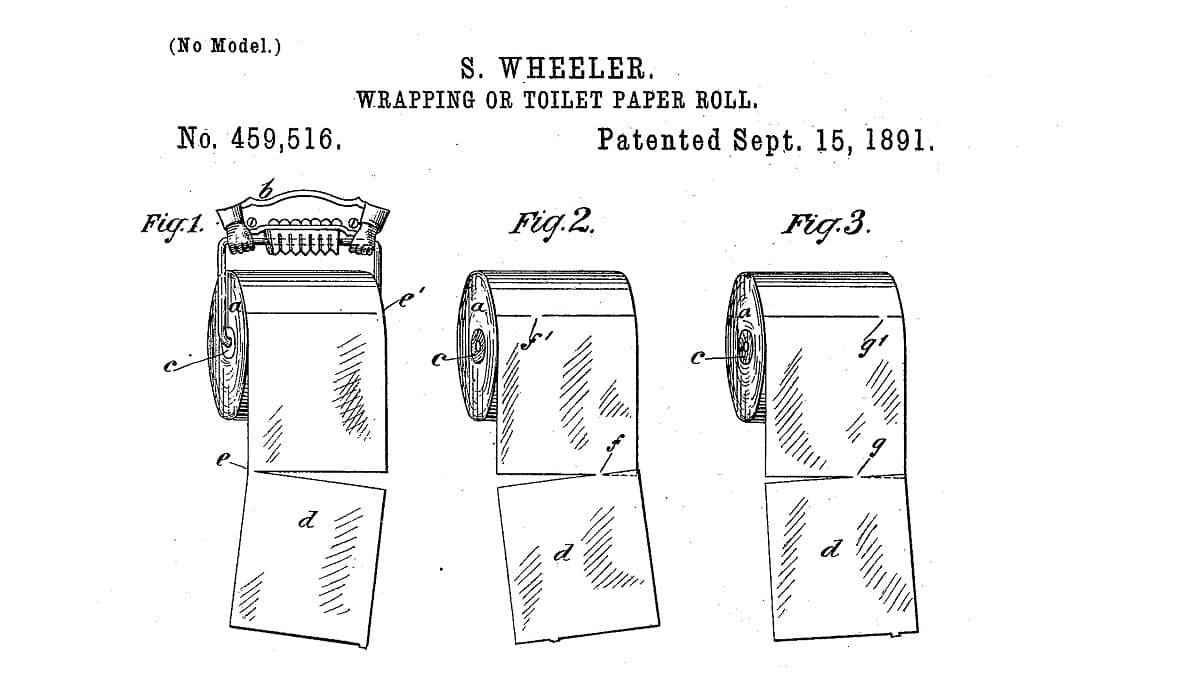Patents 101: Protecting Yourself and Your Invention

When it comes to intellectual property, obtaining a patent may seem daunting. However, patents can be an important competitive advantage for your business.
Dr. Stephanie A. Miller, director of Technology Transfer and Research Park Initiatives at Embry-Riddle Aeronautical University, explains the importance of securing patents and how to start the process.
What is a patent?
A patent is an exclusive right to an invention. It’s like when you buy a house and get a deed that outlines your property. The “claims” section of a patent outlines your invention’s intellectual property rights. Intellectual property, like regular property, can be bought, sold and licensed. A patent also allows you to stop others from making, selling and importing your invention.
What type of inventions require a patent?
Sometimes it’s easier to talk about what can’t get a patent. Some people think ideas are eligible for a patent but they are not. You have to be able to describe the invention in enough specific details that someone else could make it. For example, if I had an idea for a car that will run on water instead of gasoline, I have to build a prototype that shows that it works. If you can build it in a CAD program and show it works based on engineering principles, that should be enough.
How long is the process for obtaining a patent and how much does it cost?
It typically takes two to four years to go from filing a patent application to receiving a granted patent. Patent fees imposed by the U.S. Patent and Trademark Office (USPTO) are very low. It is only about $70 for an inventor to file a patent application, but there are other fees along the way. I recommend hiring a patent attorney to assist you in the patent process, and those costs can vary widely. In the end, the average total cost can be $30,000.
How can I find out if someone already has a patent on my invention?
Start with a prior art search to see if someone has patented or publically disclosed something similar in the past. In order to get a patent, your invention must be new. I typically use Google Patents when I perform a prior art search on an Embry-Riddle invention.
When is the best time to file for a patent?
Before you publically disclose your invention, you should file a patent application. However, public disclosure means describing the invention in enough detail that someone could exactly replicate or build it. But if you are in an expo or competition and talking in general terms, you are not publically disclosing your invention.
What else do entrepreneurs need to know about patents?
Getting a patent is similar to filling out a job or college application - you don’t necessarily get in. Part of the reason it takes several years to get a patent is the back-and-forth between the inventor and the USPTO to agree on the claims and novel parts of an invention. Like applying for a job - don’t get discouraged if your first attempt is rejected. Many patent applications are rejected two or three times before going through.
A myth that I often run across is that a patent covers you worldwide. If you have a U.S. patent, you are only covered in the U.S. Patent laws are different in every country and require that you file a patent application in each country in which you’re seeking patent protection.
 Dr. Stephanie A. Miller helps faculty, staff and students at Embry-Riddle Aeronautical University protect their intellectual property. She is an advisor to the upcoming Entrepreneurship “TREP” Expo on April 11 and the Launch Your Venture Competition on April 18 at the John Mica Engineering and Aerospace Innovation Complex set to open this spring at the Embry-Riddle Research Park.
Dr. Stephanie A. Miller helps faculty, staff and students at Embry-Riddle Aeronautical University protect their intellectual property. She is an advisor to the upcoming Entrepreneurship “TREP” Expo on April 11 and the Launch Your Venture Competition on April 18 at the John Mica Engineering and Aerospace Innovation Complex set to open this spring at the Embry-Riddle Research Park.